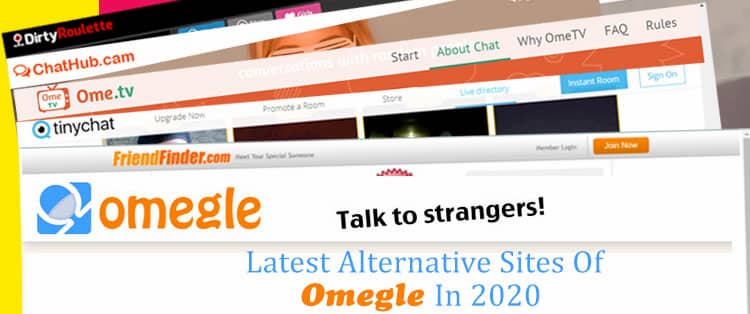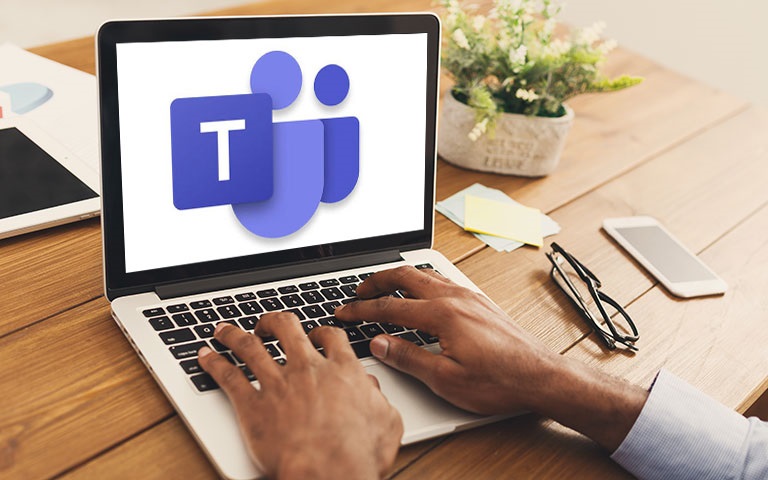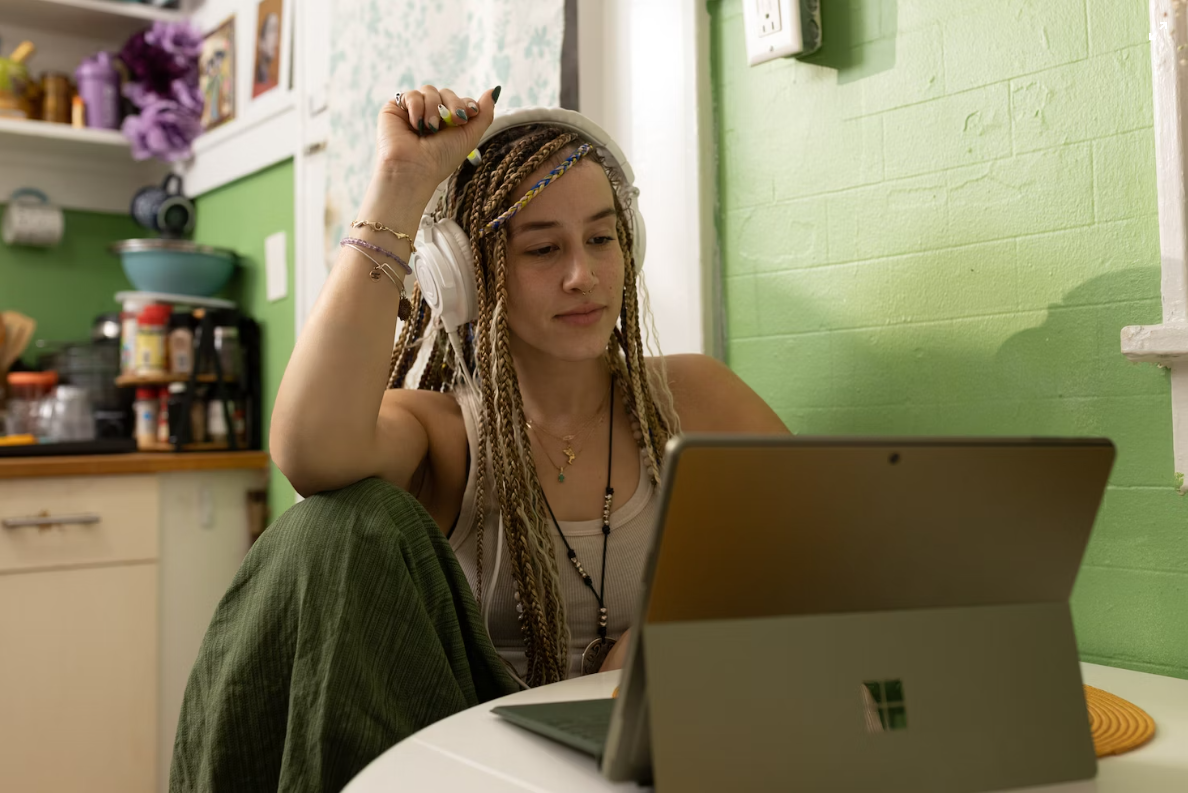Omegle is a popular chat website that allows users to connect with random strangers through video chat. However, sometimes users encounter an “Error Connecting to Server” message, preventing them from using the service. This can be frustrating, but fortunately, there are several ways to resolve this issue and get back to chatting with strangers. In this article, we will explore different methods to fix the Omegle “Error Connecting to Server” problem.
Possible Causes of the Error
Before we dive into the solutions, it’s important to understand the possible causes of the “Error Connecting to Server” issue on Omegle. Here are some common reasons why this error occurs:
- IP address ban: Omegle may have banned your IP address, preventing you from accessing the site.
- Server outage: Omegle’s servers may be experiencing technical difficulties, causing the error message to appear.
- Browser issues: Your web browser may have technical problems that prevent it from connecting to Omegle.
- DNS cache corruption: Your computer’s DNS cache may be corrupt, hindering the connection to Omegle.
- Internet service provider (ISP) restrictions: Your ISP may have blocked access to Omegle.
Now that we have identified some possible causes, let’s explore the solutions to fix the Omegle “Error Connecting to Server” problem.
Solution 1: Check if Omegle is Down
The first step is to determine if Omegle is experiencing a server issue. To do this, you can use online tools like Downdetector to check if other users are reporting problems with Omegle. If the site is indeed down, you will have to wait until the issue is resolved by the company.
Solution 2: Turn Off or On Your VPN
If you are using a VPN while accessing Omegle, try turning it off and see if that resolves the issue. Omegle may have blocked your VPN’s IP address, causing the error message to appear. Alternatively, if you are not using a VPN, your default IP address may have been banned. In this case, use a VPN app to change your IP address and regain access to Omegle.
Solution 3: Use Another Web Browser
If your web browser has technical issues that prevent it from connecting to Omegle, try using a different browser. For example, if you are using Google Chrome, switch to Mozilla Firefox and see if that resolves the issue. If the alternative browser successfully connects to Omegle, it indicates that your previous browser has a problem. You can try disabling extensions or resetting your browser to factory settings to fix the issue.
Solution 4: Restart Your Router
Sometimes, the “Error Connecting to Server” message on Omegle can be caused by a glitch in your router. To fix this, simply restart your router by pressing the power button or switching it off and on again. This can resolve minor connectivity issues and allow your browser to connect to Omegle successfully.
Solution 5: Use Another Internet Connection
If none of the above solutions work, try connecting to Omegle using a different internet connection. Your ISP may have blocked access to Omegle or Omegle may have blocked your ISP. One way to bypass this restriction is by turning your Android or iPhone into a wireless hotspot and connecting your computer to it. This creates a new internet connection and may allow you to access Omegle without any errors.
Corrupt browser cookies can sometimes prevent websites from functioning properly. To fix this, you can clear Omegle’s cookies in your web browser. Here’s how to do it for different browsers:
Google Chrome
- Open Chrome and go to the Omegle site.
- Click on the padlock icon beside the address bar and select “Cookies and site data” > “Manage cookies and site data.”
- Delete all the displayed entries by clicking the trash can icon next to them.
- Close and reopen Chrome, then launch Omegle.
Mozilla Firefox
- Launch Firefox and open the Omegle site.
- Click on the padlock icon beside the address bar and select “Clear cookies and site data.”
- Remove the site’s cookies in your browser by selecting “Remove” in the prompt.
- Quit and reopen Firefox, then open Omegle.
Microsoft Edge
- Access Edge and open the Omegle site.
- Click on the padlock icon to the left of the address bar and choose “Cookies.”
- Remove the cookies associated with omegle.com and www.omegle.com by selecting “Remove.”
- Close and relaunch Edge, then open Omegle.
Solution 7: Flush Your Computer’s DNS Cache
If the “Error Connecting to Server” issue persists, it might be due to a corrupt DNS cache on your computer. This cache helps translate domain names to IP addresses, and corruption can hinder this process. To fix this, follow the instructions below based on your operating system:
Windows
- Open the Start menu and search for “Command Prompt.”
- Launch Command Prompt as an administrator.
- Type the following commands, pressing Enter after each one:
- ipconfig /flushdns
- ipconfig /release
- ipconfig /release6
- ipconfig /renew
- Close Command Prompt, open your web browser, and launch Omegle.
macOS
- Open the Terminal app on your Mac.
- Type the following command and press Enter:
- sudo dscacheutil -flushcache; sudo killall -HUP mDNSResponder
- Enter your Mac’s admin password and press Enter.
- Open your web browser and access Omegle.
Conclusion
By following these solutions, you should be able to resolve the Omegle “Error Connecting to Server” issue and enjoy uninterrupted chats with strangers. Remember to check if Omegle is down, turn off or on your VPN, use another web browser, restart your router, try another internet connection, clear your browser cookies, and flush your computer’s DNS cache. These steps should help you troubleshoot and fix the problem. Happy chatting!






